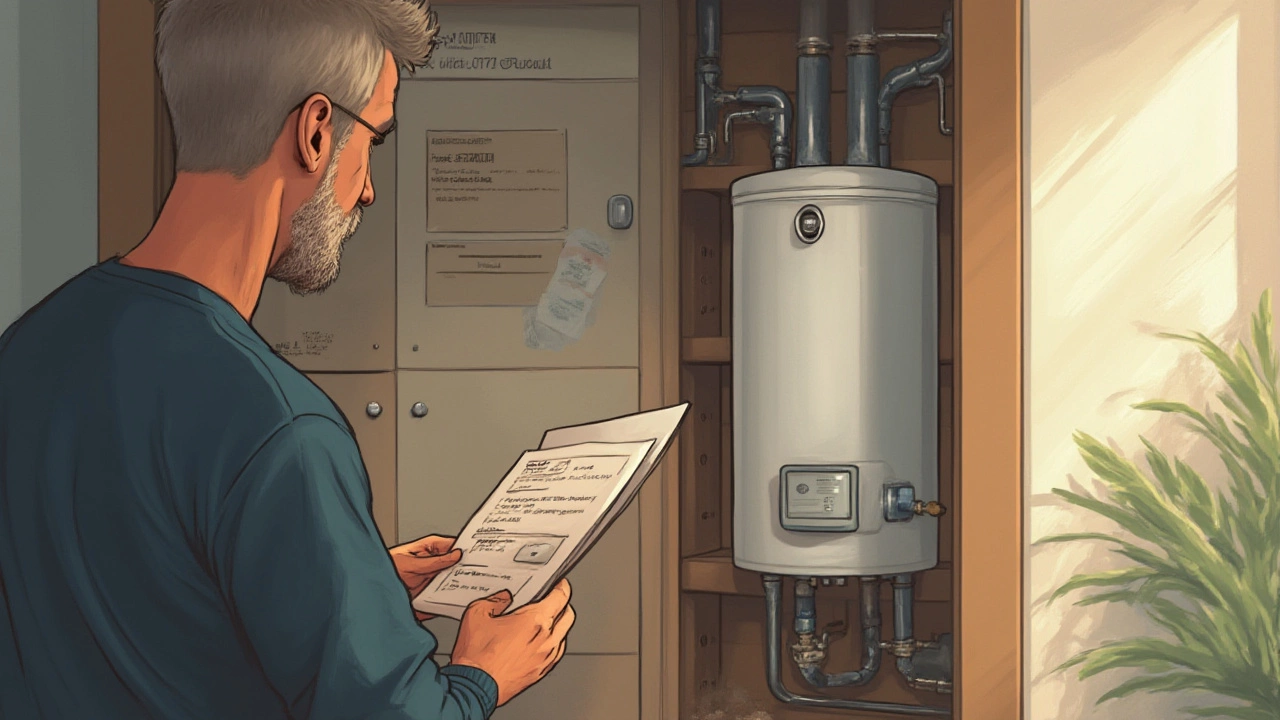
Learn if it's safe to press the reset button on your water heater, what it really does, and what to do if it keeps tripping. Get smart, simple tips for safe troubleshooting at home.
If your shower is suddenly cold or the water takes forever to heat up, you’re probably dealing with an electric water heater issue. Most homeowners don’t realize how simple the first checks can be, and a quick fix can save you a callout fee. Below we walk through the most common faults, easy DIY steps, and when it’s smarter to call a pro.
One of the first things to check is the power supply. Make sure the breaker hasn’t tripped and the plug is firmly in the socket. A loose connection is often the culprit for a heater that won’t turn on.
Next, look at the thermostat. If you set the temperature to 60°C but only get lukewarm water, the thermostat might be stuck or mis‑calibrated. Most models let you adjust the setting with a small screw on the front panel. Turn it a notch higher and see if the water heats faster.
Element failure is another frequent problem. The heating element can develop a break or a buildup of mineral scale, especially in hard‑water areas. To test it, turn off the power, remove the element, and use a multimeter set to resistance. A reading of infinity means the element is dead and needs replacement.
Sometimes the problem isn’t the heater at all but a clogged inlet valve. Sediment can block water flow, causing the unit to overheat and shut down. Unscrew the valve, rinse it out, and re‑attach. A clean valve restores normal flow and prevents unnecessary shutdowns.
Finally, check the pressure relief valve. If it’s leaking or constantly discharging, the heater may be under‑pressurised, which triggers safety shut‑offs. Replace the valve if you see water dripping from the discharge pipe.
If you’ve inspected the power, thermostat, element, and valves and the heater still won’t work, it’s time to call an expert. Licensed technicians have tools to safely test internal wiring and pressure systems that DIY kits can’t reach.
Electrical problems beyond a simple breaker reset are dangerous. Exposed wires, burnt smells, or frequent tripping of the circuit breaker signal a deeper issue that requires a certified electrician.
In South Shields, the local codes demand that any work on a water heater’s gas‑tight components be carried out by a Gas Safe registered professional. Even though we’re focusing on electric units, many homes have a hybrid setup, and mixing the systems can be risky without proper training.
Another red flag is an unusually loud buzzing noise. This often means a loose element or a failing motor. Trying to tighten it yourself could damage the unit or cause injury.
Lastly, if your heater is more than 10‑12 years old and repairs keep piling up, replacing it might be more cost‑effective. Modern units are more energy‑efficient, which can lower your bills.
At South Shields Appliance Repair Services we offer same‑day appointments, transparent pricing, and a guarantee on all work. Whether it’s a quick thermostat tweak or a full element replacement, we’ll get your hot water back on track without the hassle.
Don’t let a cold shower ruin your day. Start with the simple checks above, and if you need a skilled hand, give us a call. We’re local, we’re fast, and we keep your water heater humming.

Learn if it's safe to press the reset button on your water heater, what it really does, and what to do if it keeps tripping. Get smart, simple tips for safe troubleshooting at home.